AYAME CEREMONIAL MATCHA: TEA TASTING BY ALEX AHEARN
Name of the Product: AYAME
Type of Tea: Matcha
Producer: Mizota Chisako
Location: Yame City, Fukuoka Prefecture, northern Kyushu, Japan
Harvest: May 2022
Read A Little Bit About Matcha Production Below.
Matcha is a shaded green tea finely ground into a powder with a stone mill. Japanese tea farmers grow and produce tencha, the raw material used to make matcha.
The tea plants used to make matcha are intentionally shaded for about a month, which increases the chlorophyll content and the concentration of amino acids, like L-theanine, in the leaves. Eventually, the leaves are picked and processed (steamed, cooled, and dried), then deveined and separated from the stems. The tencha is then ground into matcha.

AYAME - Premium Ceremonial Grade Matcha
Taste This Tea Like Mizota-san!
Mizota-san’s recommended steeping parameters.
Water: 70ml (1.76 fl oz)
Temperature: 80°C (176°F)
Matcha: 2g (~½ teaspoon)
Chawan (tea bowl)
Whisk

Take time to choose your teaware! Here above is our exclusive Matcha Bowl from renewed Arita artist MOMOTA AKIO.
As I cut open the silver bag of matcha, a subtly vegetal and nutty aroma filled the air around me. I lifted the bag to my nose and smelled the aroma again. It had notes of fresh spring vegetables that lingered as hints of lightly toasted hazelnuts and delicate spring flowers filled my nose.
The matcha’s aroma had an interesting balance of bold vegetal and subdued sweeter characteristics that continued to linger in the air around me as I prepared my table and gathered my teaware to make a bowl of matcha.
Preparing AYAME
I carefully placed the silver bag on the table in front of me and put a chawan (tea bowl), a chashaku (tea spoon), and a chasen (tea whisk) next to it. I turned my water kettle on and waited until the water reached 80°C (176°F) and medium-sized bubbles started to appear at the bottom of the tea kettle. I gently poured enough water to fill the chawan until it was half full and placed the chasen into the bowl with its tines downward and its handle upward.
I let the chasen sit in the warmed chawan for a few minutes until the sides of the bowl were warm to the touch. I lifted the chasen out of the bowl and placed it, tine side up, next to the bowl. I reached over and picked up the tea towel, or furui (a fine mesh sifter), and chasen kusenaochi (a tea whisk holder) from the far side of the table. I carefully dried the interior of the warmed chawan with the tea towel, then placed the sifter on top of the bowl.
Using the chashaku, I scooped 2 grams of matcha out of the silver bag and placed the matcha in the sifter. I used the flat side of the chashuku to gently push the matcha powder through the sifter and watched as the fine, vibrant green powder settled on the bottom of my porcelain chawan. The contrasting textures of the fine matcha powder and lightly colored, smooth porcelain highlight the striking green hue of the matcha.

AYAME vibrant green, freshly sieved. © Alex Ahearn
I quickly lifted the bowl to my nose to smell the freshly shifted matcha, which still had a captivating vegetal aroma. I was ready to make matcha and poured about a quarter of the 70ml (1.76 fl oz) of water into the bowl on top of the matcha. The matcha absorbed the water, and I used the chasen to whisk the matcha into a deep green paste. Then, I added the remaining amount of water and whisked the matcha in alternating "W" and "Z" patterns, using my wrist to move the whisk.
After less than a minute of whisking, the matcha became frothy, and larger bubbles formed on the surface of the liquid. I lifted my elbow slightly to a higher angle and slowed down my whisking speed to break up some of the large bubbles at the surface. Before I stopped whisking, I lifted the chasen until its tines were about a half inch, or a little over 1 centimeter, emerged in the whisked matcha. I slowly whisked the matcha one last time to break apart some of the bubbles even more.
The foam on top of the liquid was smooth, with a glimmering, vibrant green hue. Perfect creamy texture in less than a minute! I lifted the whisk out of the bowl, rinsed it with water, and placed it on the tea whisk holder so that it could air dry properly and maintain its shape. I then lifted the chawan to my nose and took in the matcha’s vegetal aroma before taking a small sip.

Perfect creamy texture in less than a minute! © Alex Ahearn
Tasting AYAME
The matcha had a smooth and creamy mouthfeel, and it quickly coated the inside of my mouth. It had rich vegetal notes of freshly steamed spring vegetables that lingered as I swallowed the matcha. The mild bitterness of the matcha was nicely balanced with starchy, green pea-like and sweet, buttery pine nut-like characteristics.

Enjoying the color contrast. © Alex Ahearn
The strong aroma of the matcha filled my nose as I continued to sip the matcha, and the strength of the matcha contrasted well with the subtle bitterness and sweetness that lingered in the back of my throat. As I drank more, the matcha’s umami characteristics balanced with its underlying mild bitterness, and it continued to coat the sides and the back of my mouth as its sweetness lingered.
Mizota san’s steeping parameters capture AYAME’s bold and creamy vegetal characteristics while giving the matcha a lingering sweet finish. This surprisingly strong and aromatic matcha may be enjoyed as a thin usucha, or thick koicha, preparation. To make koicha matcha, use 4 grams (~1 teaspoon) of matcha and 30ml (~1 fl oz) of water at the same temperature and whisk into a thick paste. This matcha is made with tea leaves from the Yabukita cultivar.
AYAME: A Premium Ceremonial Grade Matcha Make This Tea For Any Occasion!
Iced Preparation: This matcha can be enjoyed iced as well. It can easily be made in a 250–300ml (~8.4–10 fl. oz) bottle or jar. This preparation method captures the matcha’s vibrancy and lingering sweetness. Sift 2-3g (~1 teaspoon) of matcha and put it in a bottle or jar. Add a few ice cubes, enough to just cover the matcha, and fill the bottle or jar with cold filtered water, leaving a little bit of space at the top. Close bottle or jar and shake it until frothy and enjoy immediately.
Food Pairing Recommendations: You may enjoy this matcha by itself or pair it with something simple like wagashi (Japanese sweets) or a piece of chocolate.

AYAME and some sweets: Matcha chocolate, what a treat! :)

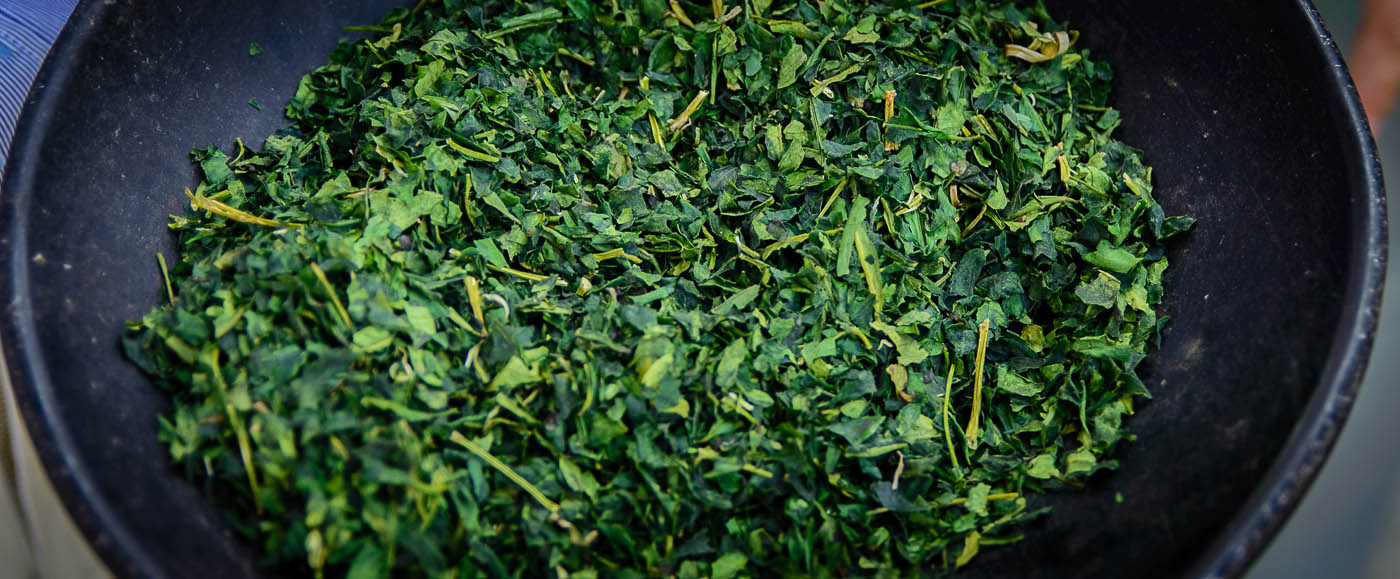

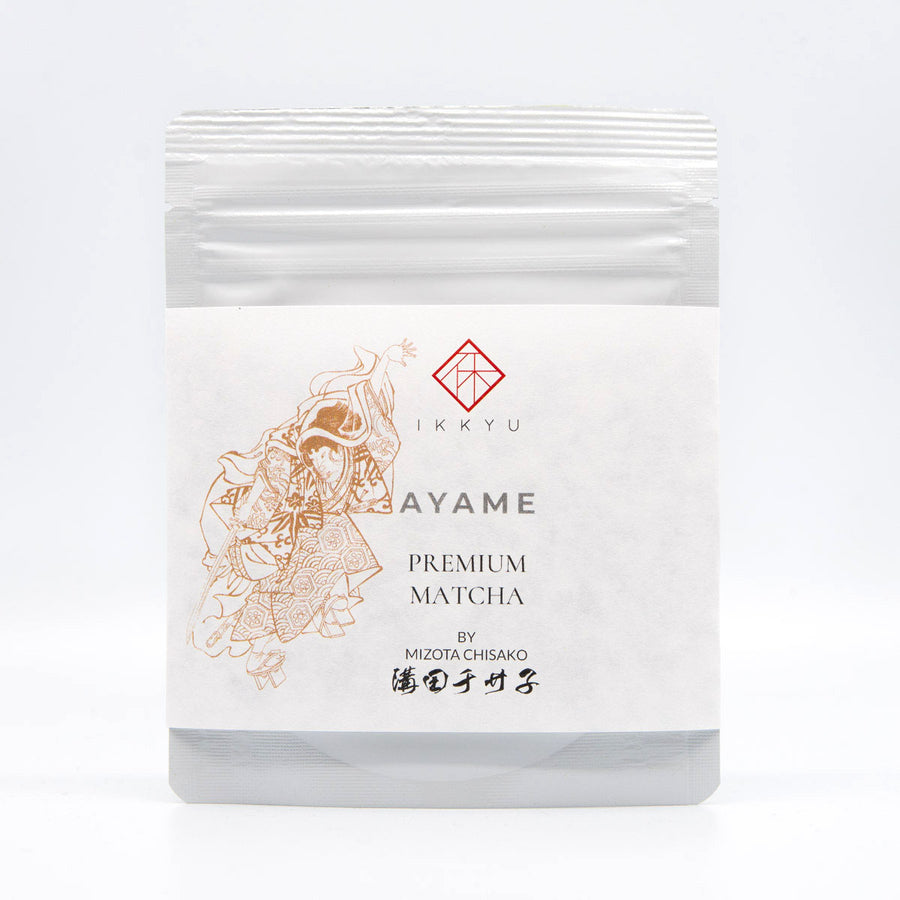
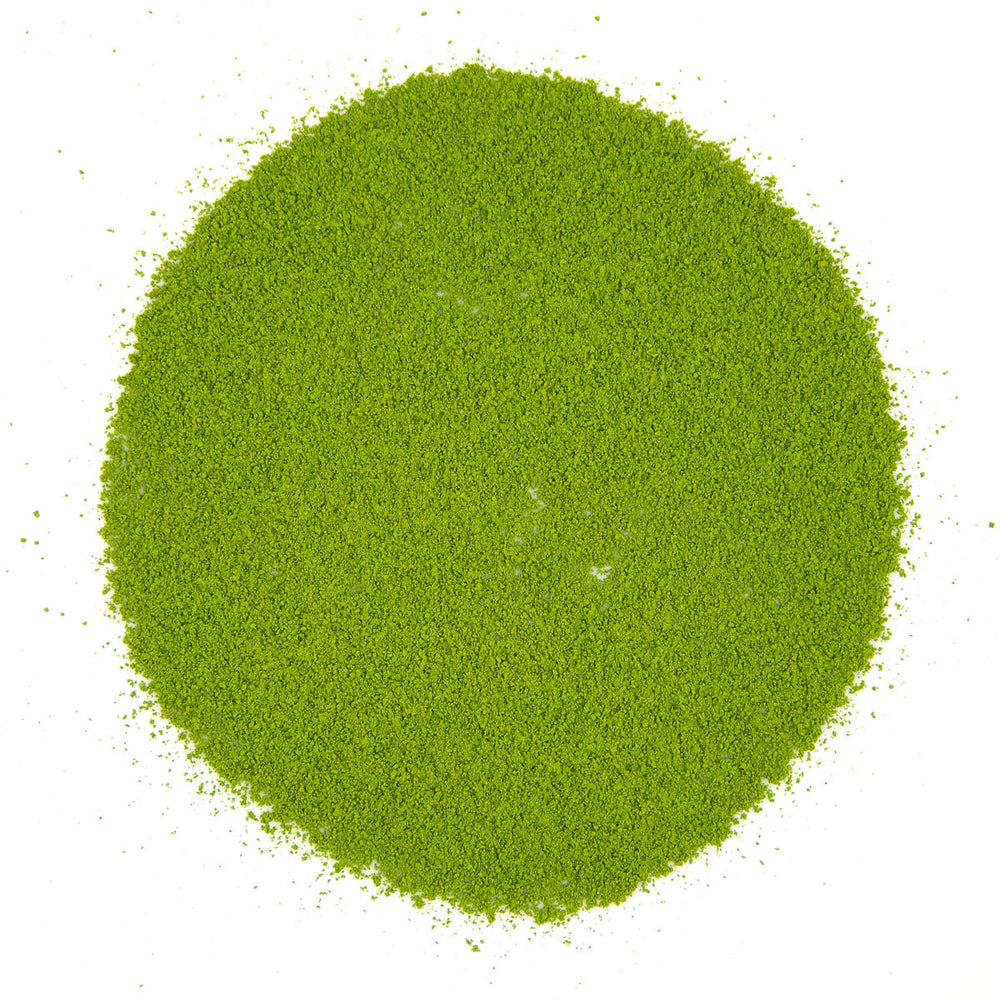
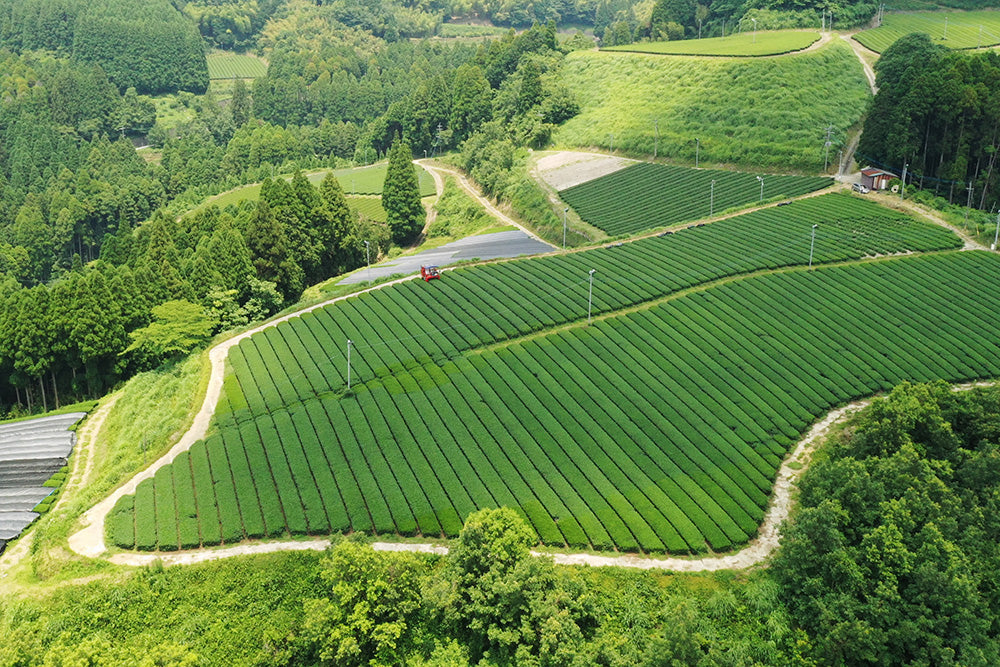
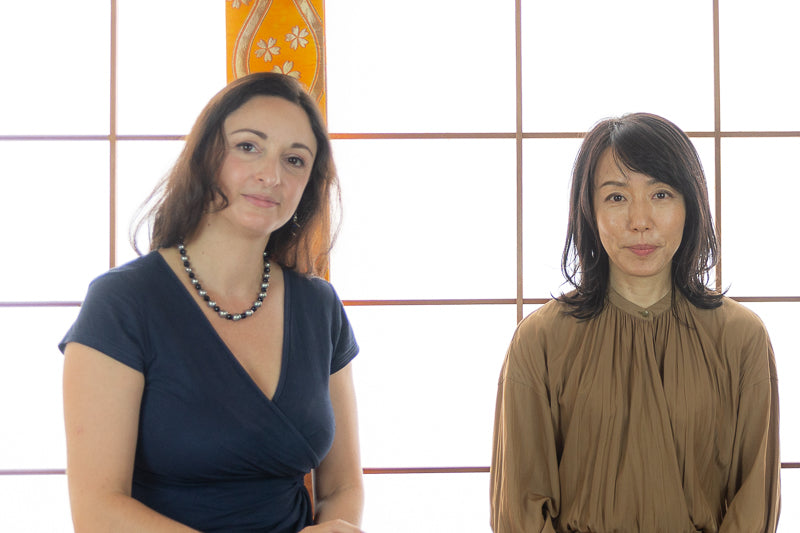
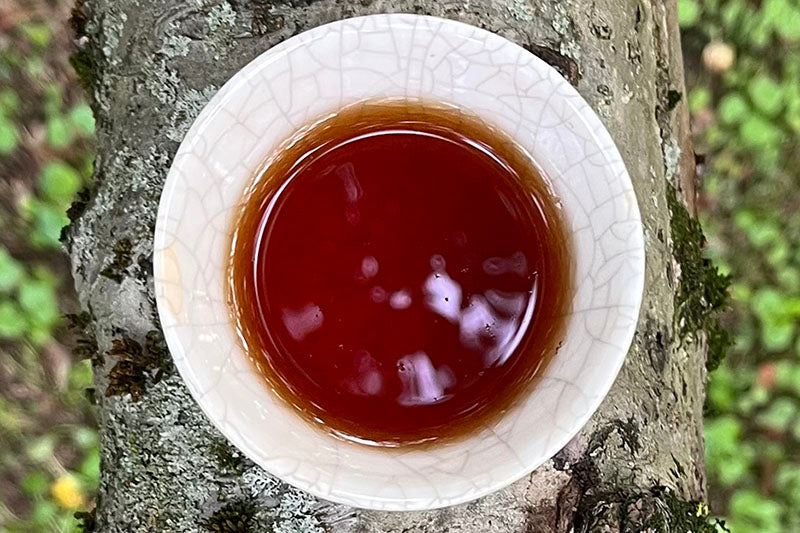
Leave a comment